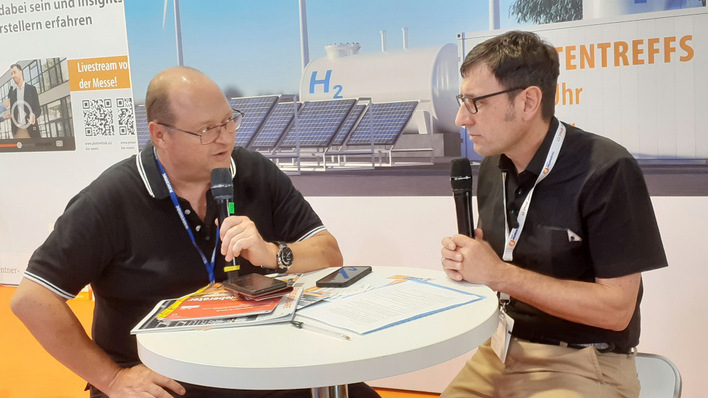Already the third largest consumer of energy globally, India’s per capita energy consumption remains just one tenth that of the United States. S&P Global Commodity Insights expects the country’s total energy demand to double by 2050. India’s efforts to meet its growing energy needs while lowering emissions will be closely watched as a model for other emerging economies.
“India and the rest of the world are joined at the hip in the journey to reach net-zero emissions. Developing countries will be watching closely as India continues its growth trajectory while trying to reduce the carbon intensity of its economy and ultimately bend its total GHG emissions curve“, says Atul Arya, Chief Energy Strategist, S&P Global Commodity Insights.
Securing reliable, affordable and sustainable energy supply
Part of the equation to securing reliable, affordable and sustainable energy supplies to meet India’s growing energy demand will be reducing dependency on energy imports, the analysis says. Oil imports are expected to exceed 90% of the country’s demand by 2030. Natural gas imports are expected to surpass 60% of demand that same year.
The analysis identifies several opportunities to reduce import dependence of oil and gas, including:
The potential to boost output from Indian oil and gas fields using secondary and tertiary recovery technologies, as well as the application of new technologies such as machine learning and data analytics.
Diversifying the fuel mix
Further accelerating deployment of renewables (solar photovoltaic installations have already grown 12-fold in India since 2015 while wind power capacity has doubled) to help meet growing electricity demand while keeping prices affordable and cutting emissions
Developments in hydrogen such as the Indian government’s National Green Hydrogen Mission, which aims to produce 5 million metric tons of the fuel annually by 2030.
Did you miss that? Solar market nears terawatt age
“India will have to strike a balance to increase energy access and reliability while delivering affordable energy supplies and diversifying its fuel mix to reduce the overall carbon intensity of its energy system“, Gauri Jauhar, Executive Director, Energy Transitions and Clean Tech Consulting, S&P Global Commodity Insights underlines.
Reducing emissions
Even as emissions in India continue to increase over the next decade with the focus on energy security and affordability, several pathways exist for reducing emissions while also pursuing those priorities, Arya and Jauhar write. Such pathways include:
- Phasing out aging and inefficient coal plants while improving newer plants to meet more stringent emissions standards.
- Establishing a domestic clean energy supply chain to support the deployment of renewables.
- Energy efficiency initiatives aimed at industry, buildings and transportation.
Looking forward:
The longer-term path towards India’s goal of net-zero by 2070 may not be straightforward, but there are several technology, policy and finance levers that India’s policymakers and companies can utilize to deliver the energy required to meet the nation’s economic aspirations while mitigating the impacts of climate change, the analysis says.
- Increased energy financing, along with additional work for capacity building, improving systemic efficiency and increasing investor confidence.
- Policy alignment and coordination among multiple stakeholders, including the government, private sector and the public.
Subscribe to our new monthly special newsletter for investors
- Strengthening state-owned companies and national champions to become more agile in order to cultivate overseas partnerships, attract capital and access state-of-the-art technology.
- Accelerate market orientation reforms to ensure a robust, market-led energy system.
- Improving alignment and coordination between the center and state governments to accelerate decision-making. (hcn)








